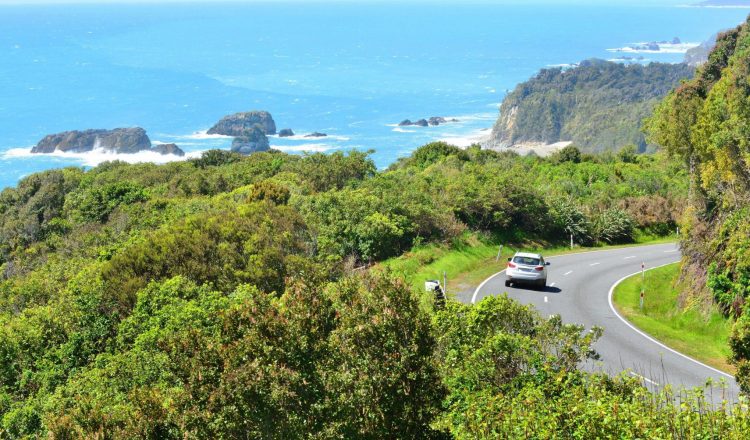酒精和毒品
酒精和药物会减缓反应时间并影响您的感官和判断力,从而严重影响驾驶。酒精是造成新西兰交通事故的第二大因素。
成为一名负责任的司机意味着当你超过允许的血液酒精水平或者你消费了可能损害判断力的药物时,永远不要开车。
酒精和药物的影响
如果你在酒精或药物的影响下开车,无论是合法的还是非法的,你就有可能导致自己和其他人死亡和严重受伤。
一旦被吸收到血液中,酒精就会进入包括大脑在内的重要器官。结果是反应减缓,判断力和视力黯淡,所有这些都会削弱你的驾驶能力。药物具有类似的效果。酒精和药物也可能增加疲劳的风险。
每升呼吸 250 微克或每 100 毫升血液含 50 毫克(目前对 20 岁或以上驾驶员的法定限制),仍然是血液酒精度为零的驾驶员的两倍。
饮酒或受药物影响的驾驶相关坠毁的高昂成本包括:
- 死亡和受伤
- 情感
- 排斥(对于司机)
- 长期财务成本
- 法律指控 — 从过失杀人到 “超过限制” 的指控
- 处罚 — 包括监禁、丢失执照和/或取消资格以及罚款
- 保险损失。
开车清醒
-
每
- 个人对他们可以喝多少的看法是不同的,但法律是准确的:如果你年龄超过 20 岁,驾驶的法定血液酒精限制为每 100 毫克血液的酒精限制不超过 50 毫克。
- 如果你不满 20 岁,酒精限制为零。这意味着,如果你喝了一杯饮料后开车,你可能会被收取酒后驾车费。
- 做好准备:如果你打算喝酒,计划不开车。
- 他人因酒精或毒品而受损时,不要同意他人的不良驾驶决定。
当
保持毒品
询问医生或药剂师你正在服用的药物是否会影响你的驾驶能力。在受药物损害的情况下开车是非法的,甚至是合法处方药物。

















































